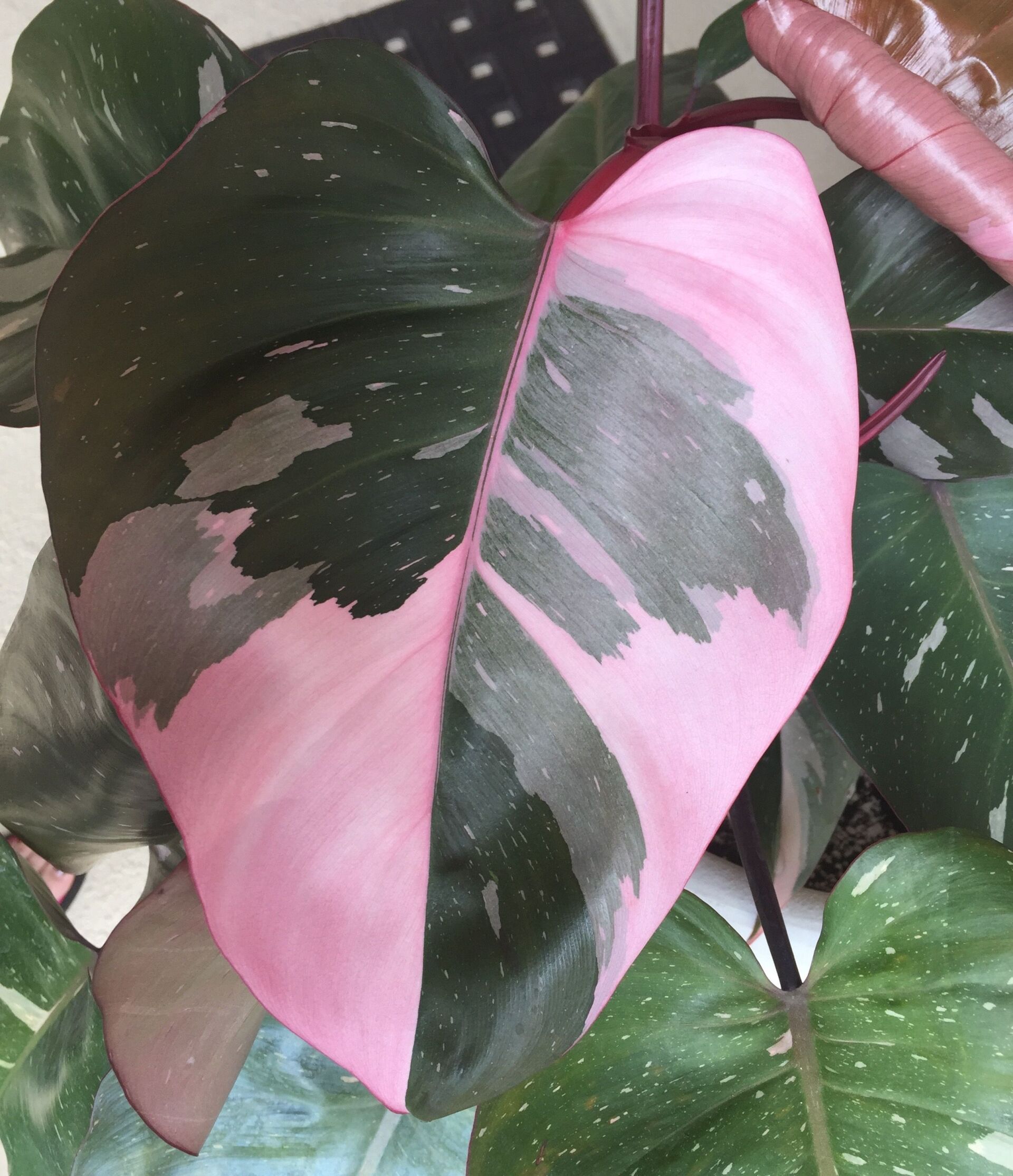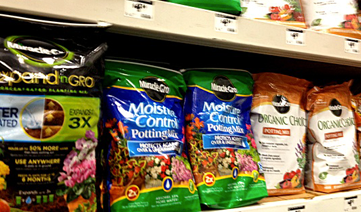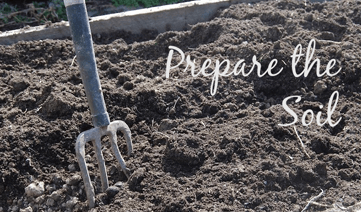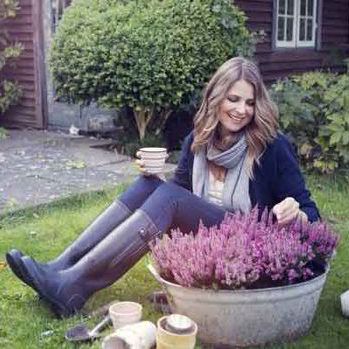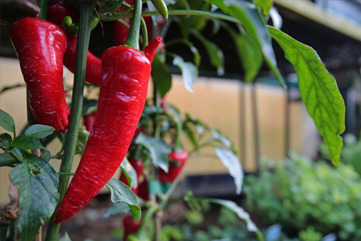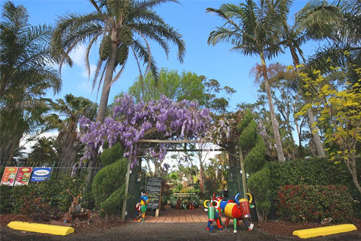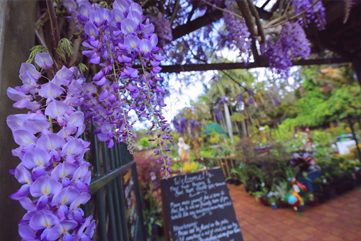How to Grow and Care For Indoor Plants
Keen to get amongst the indoor plant craze, but not sure where to start? Our complete guide to growing and caring for plants has you covered.
Our national obsession with indoor plants is real. The 2021 Plant Trade Report by Plant Life Balance found that 54 percent of Australians want to bring nature into their homes by buying plants since the pandemic. That probably explains why Aussies spent $2.4 billion on plants in 2020!
If you’re eager to get on board the houseplant trend but you’ve always identified as a person who kills houseplants, that’s about to change. Growing green babies is easier than it looks! With our expert advice, you’ll be admiring your indoor jungle and breathing in purified air in no time.
Here are the
Plant Trade Nursery team’s top seven tips to help your plants grow and thrive.
1. Positioning and light
Before you buy any plants, evaluate the light conditions in your home. If you don’t get much natural light, choose varieties that tolerate low-light conditions. Peace lily, zanzibar gem, Philodendron Cordatum and Rhaphidophora Tetrasperma are all excellent choices.
For brightly lit spots, choose string of pearls, sansevieria (mother-in-law’s tongue), monstera, ficus varieties such as fiddle leaf fig, pothos varieties and succulents. But beware of direct sun - some indoor plants can’t tolerate more than a couple of hours of direct sun a day and others will burn to a crisp in those conditions.
Read each plant’s care label or talk to our team to figure out the best positioning and keep all your plants away from heating or cooling vents and draughts.
2. Watering
More plants are killed from overwatering than underwatering, so when in doubt keep the water out. Check the soil by pushing your finger into it - as a general rule, it needs water if the top 5cm are dry and you should skip watering if they’re still moist.
But plants vary in their requirements, so read their care labels to be certain you’re giving each plant the right amount of water. You could also try lifting the pot - a heavy pot indicates the plant is holding water - or purchasing a water metre.
Some plants should never sit in a pool of water, so check the saucer half an hour after watering and empty out any excess to avoid overwatering your green baby if the variety calls for it. Another option is to water your plants in the sink before replacing them on their saucers.
Brown leaf tips can be a sign your plant is overwatered or underwatered - if in doubt, keep a diary and
give our team a call to discuss.
3. Feeding
Choose a premium-quality potting mix (look for the Australian Standard red tick) to ensure your plants get all the nutrients they need. You’ll need to top up the nutrients in the potting mix twice a year by applying a slow-release fertiliser.
You can also use a liquid plant food every four weeks or so (especially from spring to autumn) to encourage growth. We have a wide range of potting mixes and plant foods in store.
4. Misting
Rainforest plants such as Monstera deliciosa, philodendrons and staghorns enjoy high levels of humidity. You can place them in your bathroom or mist them regularly, especially when you’re using air conditioning or heating that can dry them out.
Another way to increase humidity is to group a few plants together and place a pot of water near them to create a microclimate.
Other plants, such as succulents, fiddle leaf figs, spider plants and African violets, prefer drier conditions and may wither if you mist them.
5. Pruning and cleaning
Cut off any brown or discoloured leaves whenever you see them. Regularly pruning your plants - even if they’re healthy - will help them grow and thrive.
Dust that accumulates on your plants can block the tiny holes in their leaves and thwart their growth. Regularly wipe the dust off them with a damp cloth and consider giving them a shower twice a year. You can either pop them straight in the shower or place them outside and hose them gently. Most plants love a good rain shower too!
6. Eliminating pests and diseases
When you’re watering your plants, check for pests such as scale (tiny brown/white lumps) and mealy bugs (small oval-shaped insects).
If there are only a few, you can scratch them off. But if your plant is infested, you might need to take it outside and spray it with a natural insecticidal soap. Our team can help you identify pests and diseases and find the right solutions.
7. Repotting
If your plant is getting too big for its pot or the leaves aren’t healthy, it’s time to repot it. Choose a pot that is one size up from the one it’s in - not any bigger or your plant might drown when you water it.
Place a few handfuls of premium potting mix in the new pot and then gently tease the plant out of its existing pot. Place it in the new pot and backfill with potting mix. The soil level should be two to three centimetres below the rim of the pot. Voila! Your baby has a new home.
Helping your plants grow and thrive
Indoor plants are a lot easier to care for than you might think. With a little attention to each plant’s care instructions and a regular routine, you’ll have a thriving indoor jungle.
If you need any advice on the right plants to choose for your home and how to care for them, pop by
Plant Trade Nursery at 4310 Nelson Bay Rd, Anna Bay. Our friendly team will be happy to help you!


